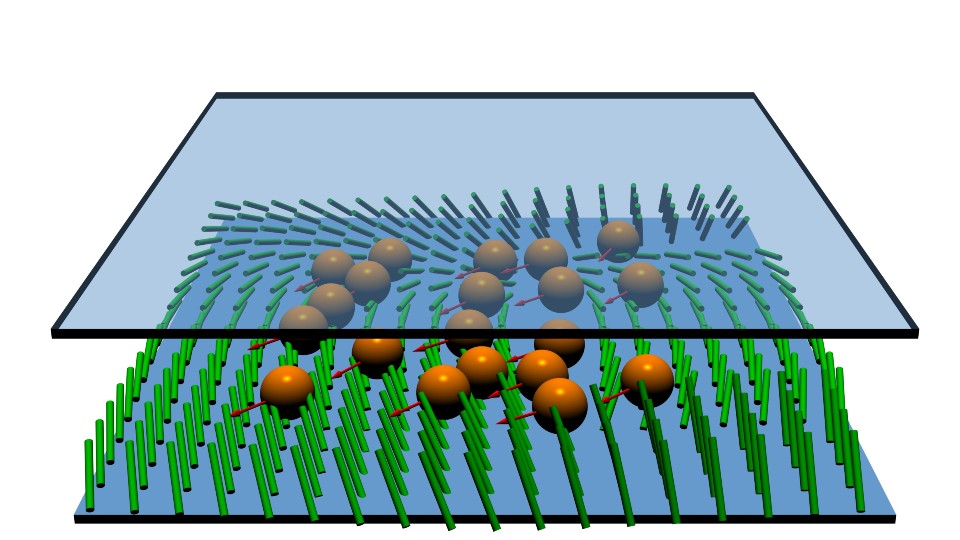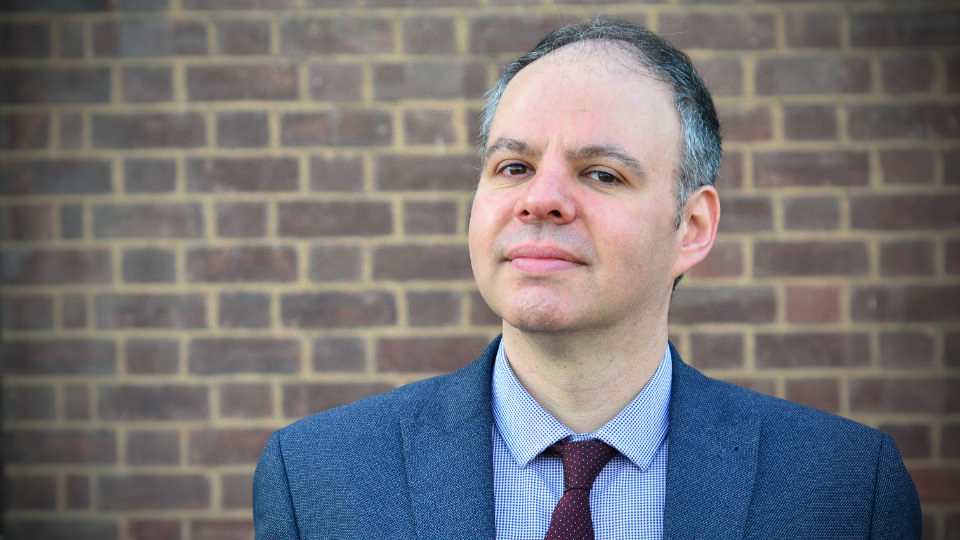The work, conducted by researchers from Loughborough University and the Indian Institute of Science, shows that when 'microswimmers' move together through enclosed environments, they change the properties of the fluid around them, reducing resistance and increasing their speed compared to swimming alone.
The findings could be key to designing artificial microswimmers – tiny, controllable, swimming robots – that could be used for a variety of medical applications, such as IVF, parasite treatment, and targeted medical drug delivery that replaces traditional, less precise interventions.
“Imagine if we could create artificial microswimmers that can be injected into the bloodstream and controlled from the outside. We could navigate them to specific areas of the body, for example, cancer cells, and have them deliver drugs only to these areas”, says Dr Marco Mazza, the study’s senior author.
“To do this, we first need to understand how naturally occurring microswimmers navigate different fluid environments and our study has made significant progress in this area.”
The research, published in Physical Review Letters, focuses on a theoretical model for Paramecium – tiny single-celled organisms that live in water and propel themselves by beating hair-like structures called cilia. Their movement is similar to that of sperm and other microswimmers, which also use appendages to generate motion and navigate fluid environments.
Using computer simulations and theoretical models, the researchers analysed how an individual microswimmer and groups of up to 10 move through a confined liquid crystal environment – a unique type of fluid that flows like a liquid but has molecules that line-up in an ordered way. These structured fluids naturally occur in nature and biological systems, including cell membranes and tissues.
The key findings are:
- Microswimmers moving in groups create flow fields – movements in the surrounding liquid – that help them swim more efficiently by reducing resistance and enhancing propulsion
- As more swimmers join, their average speed increases, allowing them to move faster than they could alone
- Liquid crystal environments help guide and direct microswimmers, influencing their movement
- There are two types of microswimmers – ‘pushers’ and ‘pullers’. Pushers benefit from collective movement, while pullers hinder each other, showing the effect depends on swimmer type.

Image: An artistic impression of microswimmers (orange spheres) moving through a confined liquid crystal environment. The green rods represent the aligned molecular structure of the liquid crystal, which helps guide and influence the swimmers' motion.
The next step is to expand the research, moving from small-scale simulations to those that replicate how hundreds of microswimmers move through different enclosed liquid environments.
The scientists also hope to collaborate with experimental researchers working with Paramecium and other types of microswimmers to compare real-world behaviour with their theoretical models. This will provide deeper insights into collective swimming dynamics, which could inform the design of artificial microswimmers.
Professor Tony Croft, one of the study authors and Emeritus Professor of Mathematics Education at Loughborough University, hopes the impact of this research will be felt beyond the academic realm.
“This work has the power to ignite curiosity in young minds, inspiring new generations of learners to explore the fascinating intersection of mathematics, physics and biology”, he said.
“Too often, students perceive mathematics as dry and irrelevant; our work challenges that notion, revealing its deep connections to the real world and its potential to unlock exciting new discoveries.”
Additional comments from the authors:
Lead author Dr Shubhadeep Mandal, of the Indian Institute of Science, said: “This research examines how key properties of complex fluids, such as anisotropy and elasticity, affect the motion of swimming entities like motile cells and synthetic microrobots. Viscous anisotropy and elasticity are indeed present in biological environments such as mucus, saliva, and the cell cytoskeleton. The research demonstrates how one could design swimmer traits to control their motion in these complex fluids.”
Tom Mason, a PhD student at Loughborough University and one of the study’s co-lead authors, said: “Our research on nematic microswimmers in confined environments advances our understanding of active matter in complex fluids, with implications for both fundamental physics and real-world applications. By exploring the interplay between swimmer dynamics, confinement, and nematic elasticity, we provide insights into how microscale swimmers navigate structured environments—relevant to microfluidics, biomedical engineering, and soft matter physics.
“We have identified distinct swimmer behaviours—wall hovering, oscillation, and central migration—that offer a framework for controlling microscale motion in liquid crystalline media. These findings have potential applications in targeted drug delivery, micro-robotics, and synthetic biological systems. Through theoretical modelling and computational simulations, our work lays the foundation for advancing autonomous microscale technologies and understanding complex fluid-structure interactions.”

